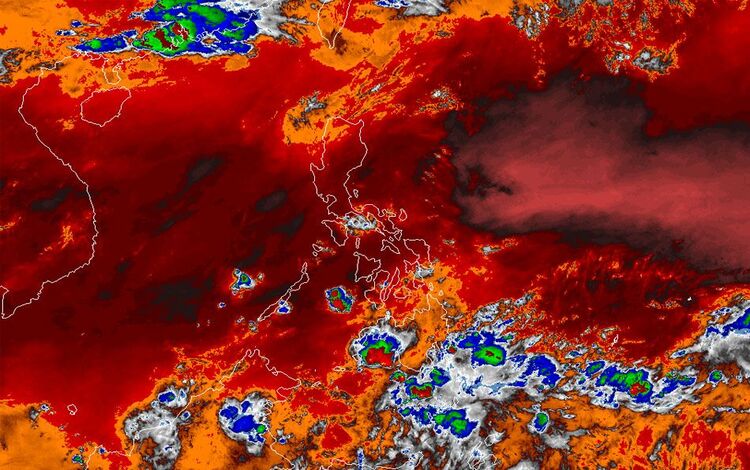Residents of Roxas City in Western Visayas and Zamboanga City in Zamboanga del Sur are urged to prepare for scorching temperatures as the heat index is predicted to soar to a staggering 45 degrees Celsius on Tuesday, April 23, 2024, according to the Philippine Atmospheric, Geophysical and Astronomical Services Administration (PAGASA).

The weather bureau further highlighted that five other towns and cities are also expected to experience intense heat, with temperatures reaching 44 degrees Celsius on the heat index. These areas include Dagupan City, Puerto Princesa City, Aborlan in Palawan, Virac in Catanduanes, and CBSUA-Pili in Camarines Sur.
Moreover, eight additional areas are forecasted to encounter 43-degree Celsius temperatures on the heat index, namely CLSU Munoz in Nueva Ecija, Sangley Point in Cavite, San Jose in Occidental Mindoro, Iloilo City in Iloilo, Guiuan in Eastern Samar, Dipolog in Zamboanga del Norte, Cotabato City in Maguindanao, and Butuan City in Agusan del Norte.
Even Metro Manila, particularly the Ninoy Aquino International Airport (NAIA) in Pasay City, will not be spared from the sweltering conditions, with temperatures expected to reach 42 degrees Celsius, as per PAGASA’s projections.
Monday saw the mercury rising to 36.9 degrees Celsius, marking the hottest temperature recorded at the Science Garden in Quezon City at 3 p.m. Other areas expected to experience a 42-degree Celsius heat index include Aparri in Cagayan, Clark Airport (DMIA) in Pampanga, Ambulong in Tanauan Batangas, Infanta in Quezon, Coron in Palawan, Daet in Camarines Norte, Masbate City, Dumangas in Iloilo, and Davao City in Davao del Sur.
PAGASA weather forecaster Obet Badrina attributed the extreme heat to easterlies originating from the Pacific Ocean, which could potentially bring rainfall to the eastern parts of Southern Luzon, particularly in Catanduanes, Albay, Sorsogon, and the Samar provinces.
As temperatures continue to rise to unprecedented levels, residents are advised to take necessary precautions to prevent heat-related illnesses. Staying hydrated, avoiding prolonged exposure to the sun, and seeking shelter in cool areas are among the recommended measures to ensure safety during this period of extreme heat.
